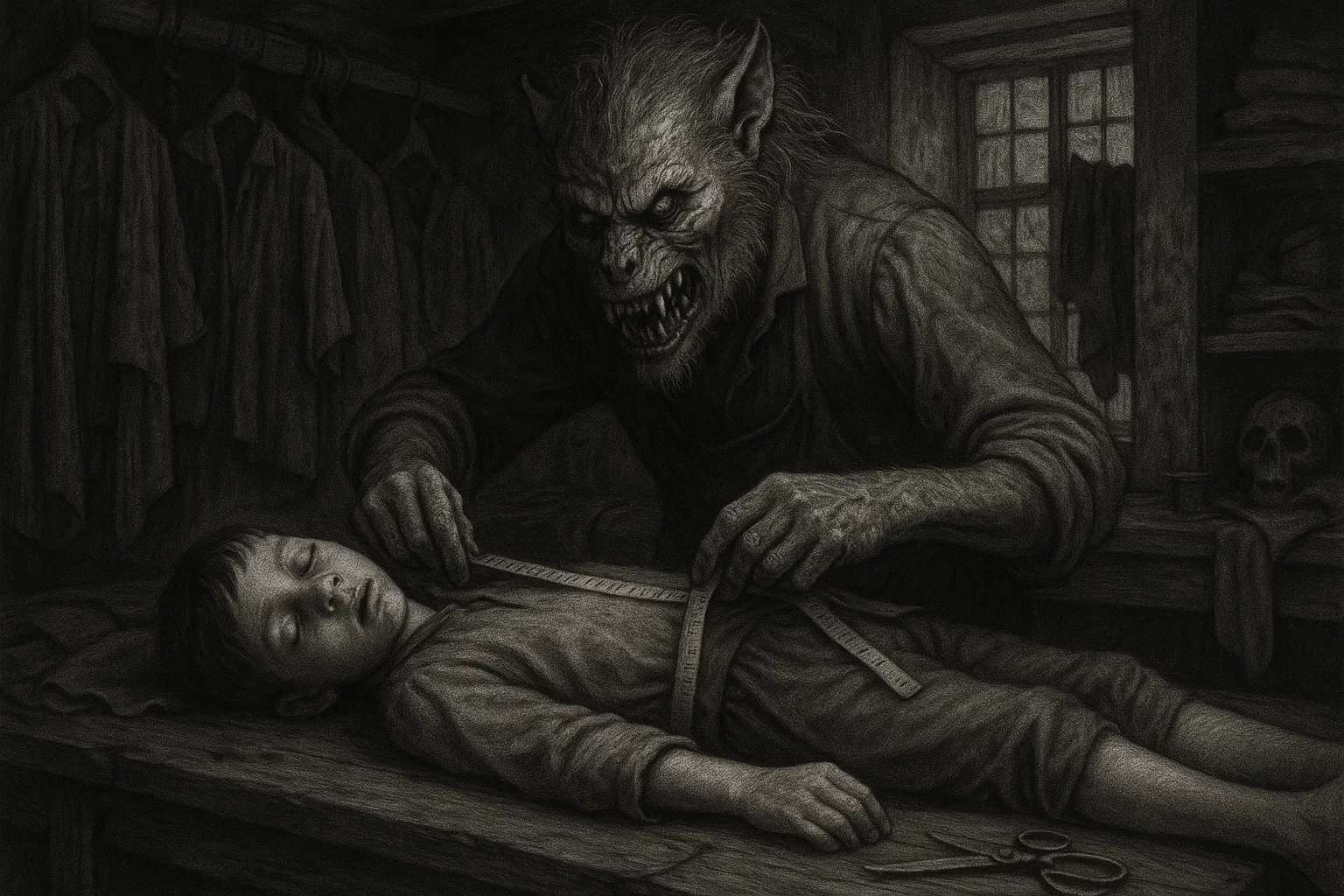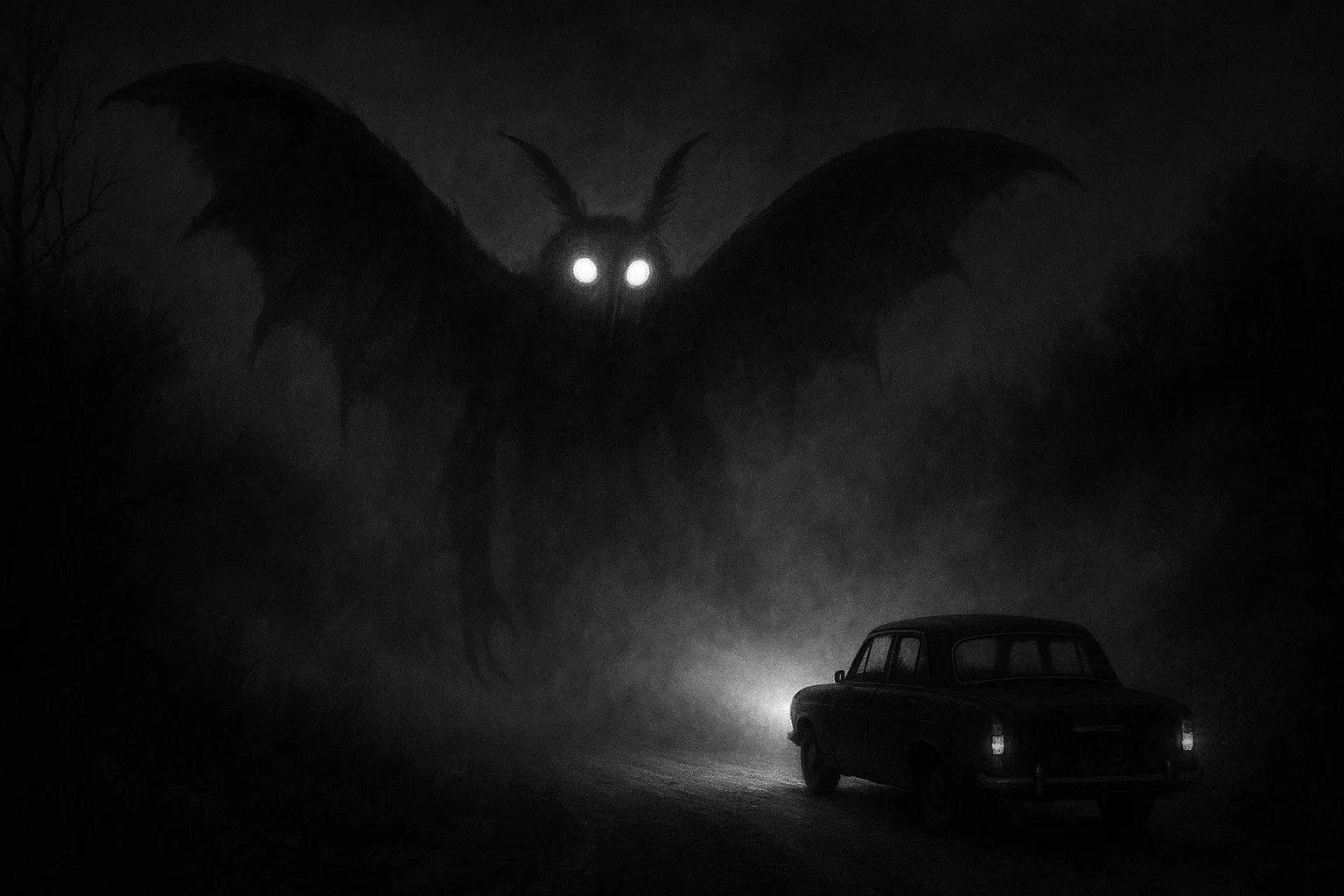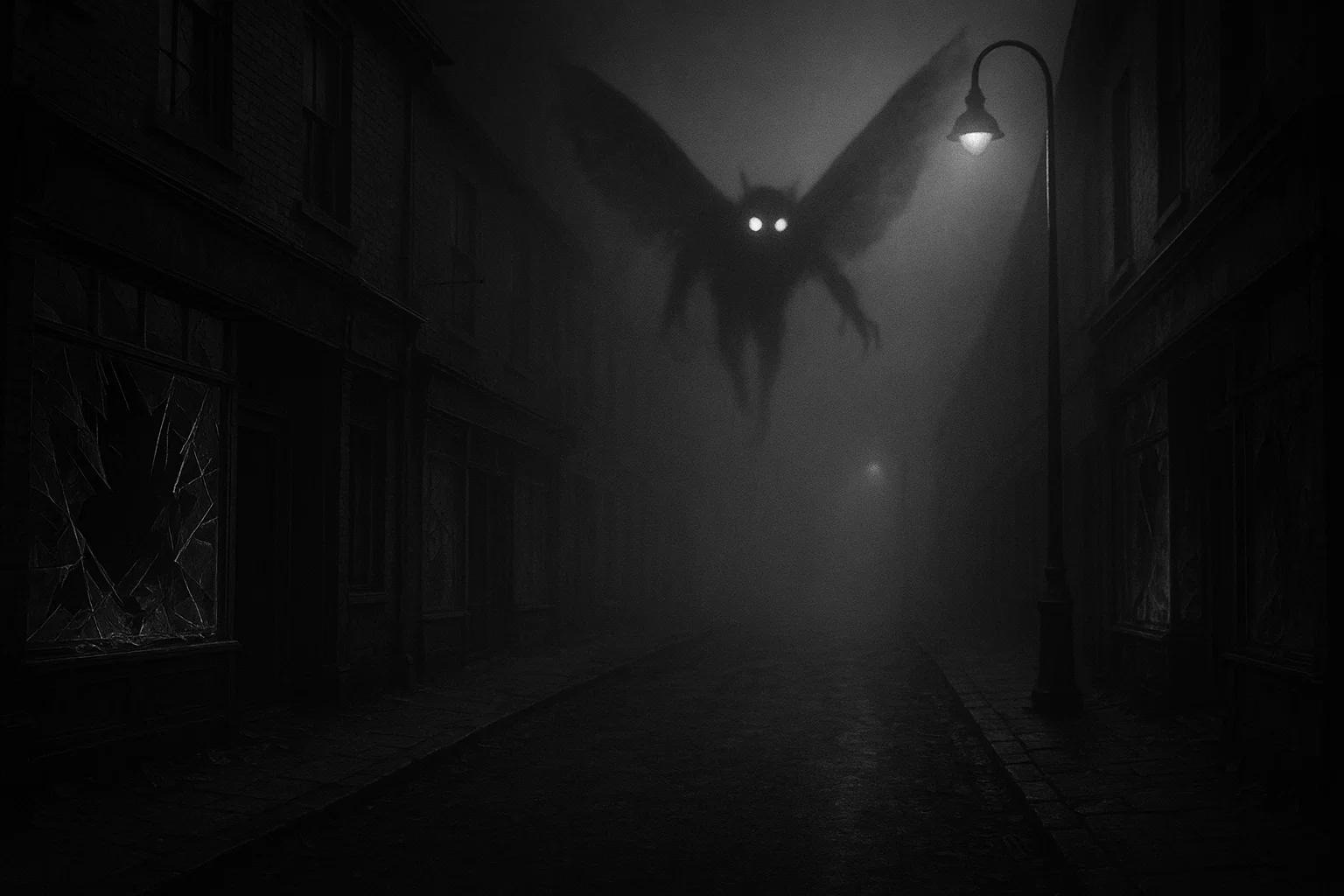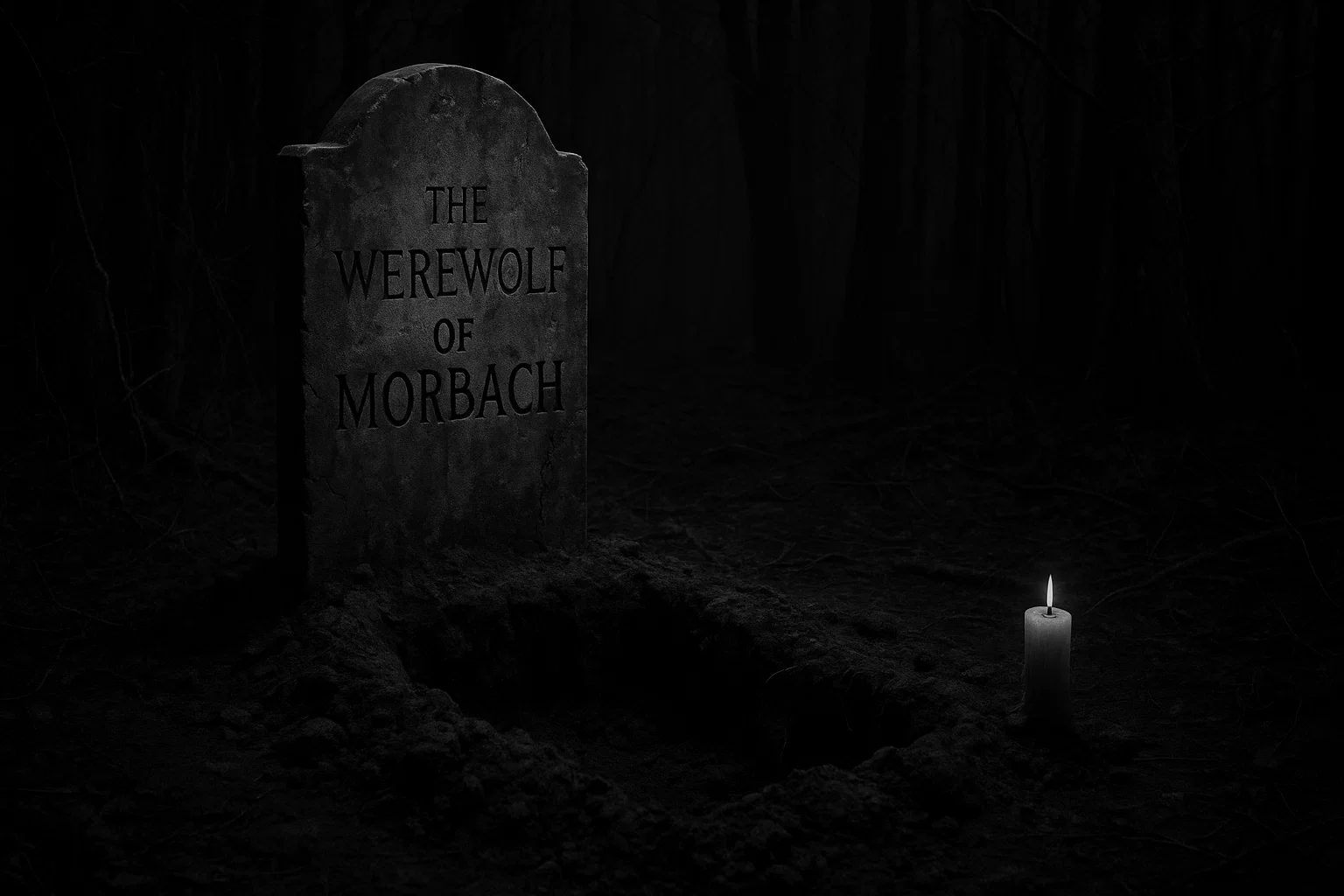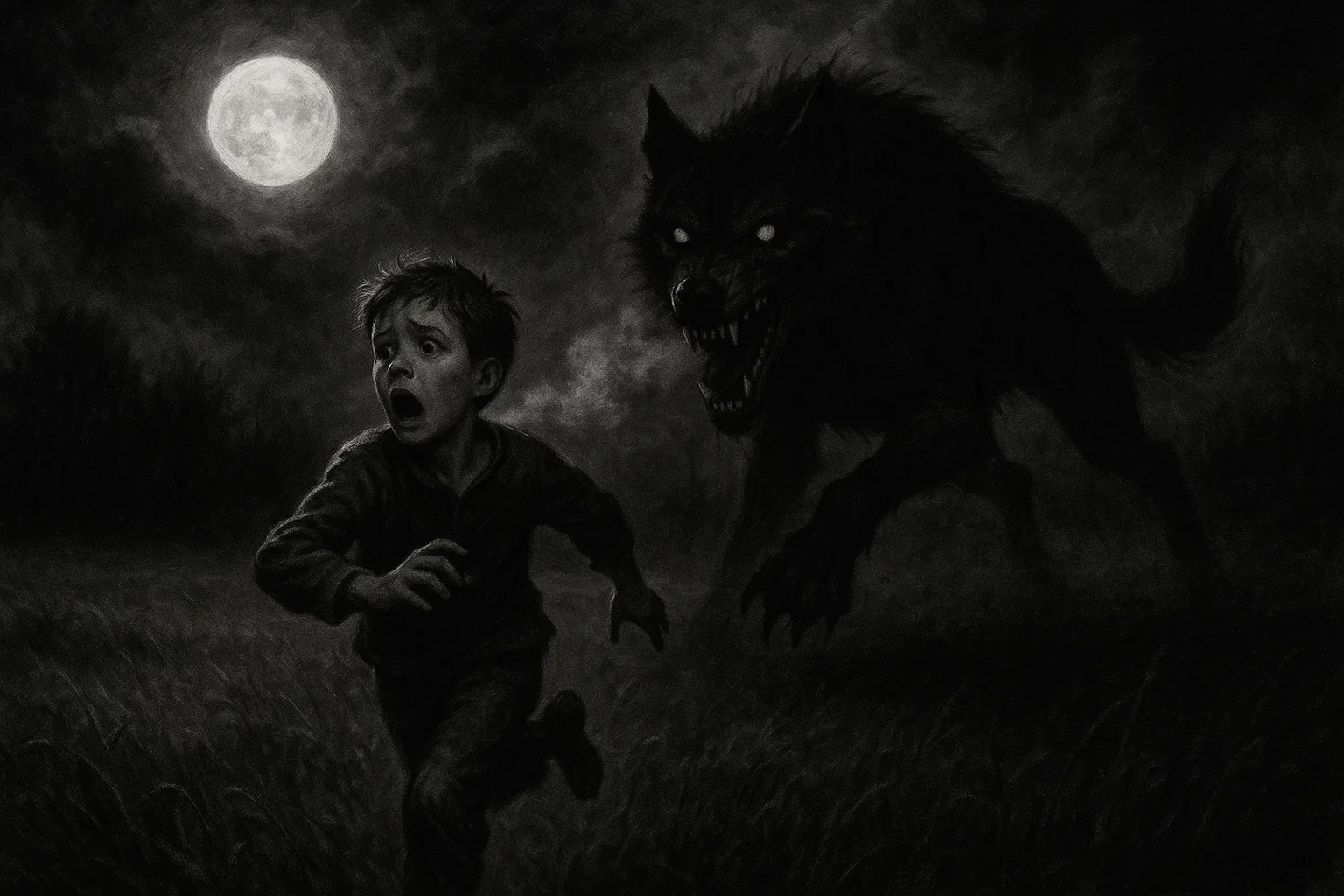In the late 1590s, the quiet town of Châlons, nestled in France’s Champagne region, became the stage for a nightmare that would echo through history.
A tailor, known only as the Werewolf of Châlons or Demon Tailor, was accused of unspeakable crimes: luring children to their deaths, consuming their flesh, and transforming into a wolf to stalk the night.
His 1598 trial, marked by horror and a rare order to erase his name from memory, left a legacy shrouded in mystery.
Table of Contents
Overview
| Aspect | Details |
|---|---|
| Name | Unknown (called the Werewolf of Châlons or Demon Tailor) |
| Location | Châlons, Champagne, France |
| Active Years | 1590s |
| Crimes | Murder, cannibalism, sexual abuse, alleged lycanthropy |
| Trial Date | December 14, 1598 |
| Execution Date | December 15, 1598 |
| Execution Method | Burned at the stake |
Who Was the Werewolf of Châlons?
The Werewolf of Châlons, whose true name was deliberately erased from historical records, was a tailor in the bustling market town of Châlons during the late 16th century.
Operating a modest shop in the heart of the town, he was an unassuming figure, likely middle-aged, with a reputation for skilled craftsmanship. His trade allowed him access to homes and families, as he measured children for clothing or repaired garments, blending seamlessly into the community.
Sparse accounts suggest he was solitary, with no known family, and his reserved demeanor may have masked a darker nature. Some later reports describe him as having a gaunt frame, sallow skin, and piercing eyes, traits that fueled rumors of his supernatural powers after his crimes came to light.
His position of trust made his alleged acts all the more shocking, transforming a once-respected artisan into a symbol of betrayal and horror.
You May Also Like: El Silbón: Why Locals Say Its Whistle Means Death Is Near
The Werewolf of Châlons’s Story
The tale of the Werewolf of Châlons unfolds in the Champagne region during the 1590s, a time when fear of the supernatural permeated European society.
Châlons, a vibrant trade hub with cobbled streets and bustling markets, was unprepared for the terror that would emerge from one of its own.
The tailor’s alleged crimes, blending calculated cruelty with claims of lycanthropy, sparked panic and left an indelible mark on the town’s history.
Early Life and Background
Little is known about the tailor’s origins, as the destruction of trial records has obscured his personal history.
He likely hailed from the Champagne region, born in the 1550s or 1560s, and learned his trade in Châlons or a nearby town like Reims. As a tailor, he worked with fabrics and tools, serving merchants, farmers, and townsfolk.
His shop, located near the town’s central market, was a familiar sight, with bolts of cloth and a sturdy table for cutting patterns. He may have been a widower or bachelor, as no records mention a wife or children, and his solitary lifestyle drew little attention until the disappearances began.
The tailor’s early life likely mirrored that of many artisans: long hours, modest income, and a quiet existence.
However, whispers of odd behavior—such as lingering too long with young customers or wandering the outskirts of town at dusk—began to circulate. These rumors, initially dismissed as gossip, took on sinister weight as children vanished and the community grew fearful.
The Crimes
The tailor’s crimes were among the most heinous of the era, combining calculated predation with grotesque brutality.
From approximately 1595 to 1598, Châlons and its surrounding villages experienced a wave of child disappearances.
Parents reported children failing to return from errands or play, and farmers found mutilated livestock in the fields. The tailor, operating under the guise of a trusted craftsman, allegedly targeted vulnerable children, luring them into his shop with promises of sweets, trinkets, or fittings for new clothes.
Once inside, the tailor’s actions were monstrous. He sexually assaulted his victims, often young boys and girls aged 5 to 12, before slashing their throats with a sharpened tailor’s blade.
He dismembered their bodies, cooking their flesh in a small hearth or consuming it raw. Bones were cleaned and stored in wooden casks in his cellar, a grim collection that suggested both ritualistic intent and an effort to conceal evidence.
Some accounts claim he ground bones into powder to dispose of them, while others suggest he kept them as macabre trophies.
Beyond his shop, the tailor was said to transform into a wolf, a belief rooted in the era’s loup-garou folklore. In this form, he allegedly roamed the forests of Champagne, particularly around Châlons and nearby Épernay, attacking travelers and shepherds.
Witnesses described a massive wolf with glowing eyes and unnatural speed, tearing into victims with savage bites.
One account tells of a merchant, Jacques Lefèvre, who survived an attack in 1597 near the Marne River, claiming the beast had “human cunning” in its movements. Another incident involved a shepherd, Marie Collet, who found her flock decimated and swore she saw a man-like figure fleeing the scene.
The exact number of victims is uncertain, but estimates range from 12 to 50 children, with additional attacks on adults and livestock.
Specific cases include:
- 1595, Châlons: A 7-year-old girl, Anne Dubois, vanished after visiting the tailor’s shop for a dress fitting. Her remains were later found in a shallow grave near the Vesle River.
- 1596, Vitry-le-François: A 9-year-old boy, Pierre Martin, disappeared while running an errand. Partial remains, including a skull, were discovered in a forest clearing.
- 1597, Châlons: A 6-year-old boy, Étienne Renault, was last seen entering the tailor’s shop. His family’s search yielded no trace, but bones later found in the tailor’s cellar were suspected to be his.
- 1598, Épernay: A 12-year-old girl, Claude Moreau, was attacked while gathering herbs. She survived but described a wolf with “a man’s face” before succumbing to her injuries.
The tailor’s attacks on livestock were equally brutal. Farmers reported finding goats and sheep with their throats torn out, their bodies partially eaten.
One farmer, Guillaume Bisset, lost six sheep in a single night in 1597, claiming he saw a wolf-like figure near his pasture. These incidents fueled the belief that the tailor was a werewolf, capable of shifting forms to evade capture.
You May Also Like: The Smiling Man | Horror Story
Discovery and Investigation
The tailor’s crimes came to light through a combination of chance and mounting suspicion.
In late 1598, a neighbor, Marguerite Laurent, grew wary after noticing fewer children leaving the tailor’s shop than entering. She alerted the local magistrate, Jean de Vaux, who initially dismissed her concerns but began inquiries when another child, Lucie Garnier, vanished in October 1598.
A search of the tailor’s shop revealed a horrifying scene: wooden casks filled with bleached human bones, bloodstained tools, and remnants of cooked flesh. The discovery confirmed the worst fears of the community.
The investigation escalated quickly. Witnesses came forward, including Jacques Lefèvre, who recounted his survival of a wolf attack, and Marie Collet, who linked the tailor to her flock’s slaughter.
Parents like François Dubois, father of Anne, provided testimony about their children’s last known whereabouts. The town’s clergy, led by Father Étienne Bouchard, declared the tailor a servant of Satan, urging swift action to protect the community.
Authorities organized a hunt, with armed militias patrolling the forests and roads. The tailor, aware of the growing scrutiny, attempted to flee but was apprehended near Châlons’s city gates in November 1598.
His capture sparked outrage, with townsfolk demanding immediate punishment. The magistrate, fearing mob violence, placed him in a fortified cell to await trial.
Community Reaction
The revelations plunged Châlons into chaos. Parents mourned their lost children, holding vigils outside the cathedral of Notre-Dame-en-Vaux. The town’s markets grew quiet, as fear kept families indoors.
Sermons warned of demonic forces, and rumors of other loup-garous spread, heightening paranoia. The tailor’s shop was boarded up, later burned by an angry crowd, and his name was cursed in every household.
The case became a rallying cry for stricter vigilance, with some calling for purges of suspected witches and shapeshifters.
The Werewolf of Châlons’s Trial
The trial of the Werewolf of Châlons was a grim spectacle, reflecting the era’s blend of justice and superstition.
Held on December 14, 1598, before the Parliament of Paris sitting in Châlons, it drew crowds eager to witness the fate of a man accused of monstrous crimes. The proceedings, marked by gruesome evidence and tortured confessions, culminated in a swift and brutal execution.
You May Also Like: Jinmenken: Japan’s Terrifying Human-Faced Dog
Capture
The tailor was apprehended on November 22, 1598, after attempting to flee Châlons on foot.
A militia led by Captain Philippe Moreau caught him near the city’s northern gate, where he was found carrying a small bundle of clothes and coins.
The crowd nearly lynched him, hurling stones and insults, but Moreau ensured his transfer to a stone cell in the town’s jail. The tailor’s calm demeanor during his arrest unnerved officials, who noted his lack of fear or remorse.
Interrogation
Interrogations began the following day, overseen by Jean de Vaux and a panel of local clergy and judges. The tailor initially denied the charges, claiming the bones in his shop were from animals.
However, under torture—likely involving the rack and hot irons—he confessed to a litany of crimes. He admitted to luring children, sexually assaulting them, and consuming their flesh, describing the taste as “sweeter than veal.”
He also claimed to transform into a wolf using a demonic salve provided by a shadowy figure, whom he called a “dark master.” These confessions, extracted through pain, aligned with the era’s expectations of lycanthropy and demonic pacts.
The torture was relentless. Records suggest the tailor’s fingers were crushed, his limbs stretched, and his skin seared to elicit details. He recounted specific murders, including those of Anne Dubois and Pierre Martin, and described roaming the forests in wolf form.
Clergy, including Father Bouchard, pressed him on his pact with the devil, believing his crimes stemmed from satanic influence. The tailor’s confessions grew increasingly fantastical, possibly to end the torment, raising questions about their veracity.
The Trial
The trial commenced on December 14, 1598, in Châlons’s main courthouse.
The Parliament of Paris, known for its severity in witchcraft cases, presided, with Judge Antoine Lefèvre leading the proceedings. Prosecutors presented damning evidence: casks of bones, bloodstained knives, and tattered clothing found in the tailor’s shop.
Witnesses included Marguerite Laurent, who first raised the alarm, and François Dubois, who wept as he described his daughter’s disappearance. Marie Collet testified about the livestock attacks, linking them to the tailor’s nocturnal wanderings.
The tailor, shackled and gaunt, offered little defense. His confessions, read aloud, horrified the courtroom, detailing the murders of at least 20 children and several adults.
He claimed to have eaten their hearts and livers, preserving bones as “keepsakes.”
The prosecution argued he was a loup-garou, a servant of Satan who used supernatural powers to evade justice. The defense, if present, was nominal, as the era offered little sympathy for such crimes.
The judges deliberated briefly, swayed by the physical evidence and the tailor’s admissions. They declared the case so abhorrent that it warranted damnatio memoriae, an order to destroy all records to erase the tailor’s existence from history.
This rare decree reflected the court’s desire to purge the community of his stain.
You May Also Like: What Is a Draugr? The Undead Monster of Norse Mythology
Execution
On December 15, 1598, the tailor was led to a public square near Châlons’s cathedral.
A wooden pyre, piled high with straw and logs, awaited him. Bound to a stake, he faced a jeering crowd of hundreds, including grieving families and curious onlookers.
The executioner, Henri Dubois, applied pitch to the wood to ensure a fierce blaze. As the flames were lit, the tailor reportedly cursed the crowd, invoking the devil and vowing to return as a beast. His screams echoed as the fire consumed him, his body reduced to ashes by midday.
The execution was a communal catharsis, but it left lingering fears. Some believed the tailor’s curses summoned dark forces, and priests held masses to cleanse the town. The ashes were scattered in the Marne River to prevent any supernatural resurrection, a precaution rooted in local folklore.
The Werewolf of Châlons vs Other Werewolves
The following table compares the Werewolf of Châlons to other historical werewolf cases:
| Case | Year | Location | Details | Outcome |
|---|---|---|---|---|
| Peter Stumpp | 1589 | Bedburg, Germany | Confessed to 16 murders; used a magical belt to transform; tortured with hot pincers. | Beheaded, burned |
| Jacques Roulet | 1598 | Angers, France | Caught near a mutilated body; confessed to child murders; deemed insane. | Confined to asylum |
| Gilles Garnier | 1573 | Dole, France | Hermit who killed four children; used salve for transformation; burned alive. | Executed |
| Werewolves of Poligny | 1521 | Poligny, France | Pierre Bourgot and Michel Verdung confessed to murders; claimed demonic pact. | Burned |
| Wolf of Ansbach | 1685 | Ansbach, Germany | Wolf believed to be a shapeshifted mayor; killed and displayed. | Killed (animal) |
| Vseslav of Polotsk | 11th century | Polotsk, Belarus | Legendary prince with werewolf traits; no trial, folkloric figure. | No trial |
| Thiess of Kaltenbrun | 1692 | Livonia, Latvia | Claimed benevolent lycanthropy; fought witches; flogged and banished. | Banished |
| Hans the Werewolf | 1651 | Estonia | Confessed to involuntary lycanthropy; executed despite no murders. | Executed |
| The Gandillon Family | 1598 | Jura, France | Family accused of lycanthropy; confessed to child killings; burned. | Executed |
| Claudia Gaillard | 1598–1600 | Burgundy, France | Female accused of lycanthropy; confessed under torture; burned. | Executed |
| Manuel Blanco Romasanta | 1852 | Galicia, Spain | Confessed to 13 murders; claimed lycanthropy; life imprisonment. | Imprisoned |
| Swiatek | 1849 | Połomia, Poland | Beggar confessed to cannibalism; committed suicide before trial. | Suicide |
The Werewolf of Châlons shares core similarities with other cases, notably the accusations of child murder and cannibalism seen in Peter Stumpp and Gilles Garnier.
The use of torture to extract confessions aligns with The Gandillon Family and Claudia Gaillard, reflecting the era’s reliance on coercive methods. The damnatio memoriae order sets the case apart, as no other trial in the table explicitly erased records, though Peter Stumpp’s execution was similarly publicized to deter others.
Unlike Jean Grenier or Jacques Roulet, whose youth or perceived insanity led to leniency, the tailor’s adult status and lack of remorse ensured a harsh punishment.
The supernatural narrative of lycanthropy ties the case to Vseslav of Polotsk and Thiess of Kaltenbrun, though the tailor’s urban setting contrasts with their rural or legendary contexts.
Was the Werewolf of Châlons Real?
The Werewolf of Châlons case is known through secondary sources, as the court’s damnatio memoriae order destroyed primary records.
Key accounts include Sabine Baring-Gould’s The Book of Were-Wolves (1865), Montague Summers’ The Werewolf (1933), and earlier chronicles like Henry Boguet’s Discours des Sorciers (1602), which alludes to similar cases in Champagne.
Historical Sources
Baring-Gould’s account, published nearly three centuries after the events, is the most detailed, describing the tailor’s trial on December 14, 1598, and his execution the following day.
He notes the discovery of bone-filled casks and the tailor’s confessions of cannibalism and lycanthropy. Summers, a 20th-century occult scholar, expands on this, emphasizing the tailor’s defiance and the court’s horror, though he relies heavily on Baring-Gould.
Boguet, a contemporary judge, mentions a 1598 Châlons case involving a “monstrous predator,” likely the tailor, but provides no name or specifics. Parish registers from Châlons, referenced in later histories, record child disappearances in the 1590s, supporting the existence of a real crisis.
The absence of trial transcripts or official documents complicates verification. The damnatio memoriae order, while rare, was not unprecedented; similar acts occurred in cases deemed too shameful to preserve.
This suggests the crimes were real enough to warrant extreme measures, but it also obscures details like the tailor’s identity or exact victim count.
You May Also Like: Types of Werewolves Ranked by Power and Origin
Accuracy and Debate
The case’s core elements—a serial killer targeting children, physical evidence of bones, and a public execution—are plausible given the era’s patterns of violent crime and judicial response.
The discovery of remains aligns with other trials, like Gilles Garnier, where physical evidence corroborated confessions. However, the lycanthropy claims likely reflect cultural fears rather than reality.
The tailor’s confessions of transformation, extracted under torture, mirror those in Peter Stumpp and The Gandillon Family, where pain often produced fantastical admissions. The “dark master” and wolf form may have been coerced to fit the loup-garou narrative, a common trope in French folklore.
Some historians draw parallels to later fictional tales, such as Sweeney Todd, suggesting the story may have been embellished over time. Baring-Gould’s 19th-century retelling, while influential, lacks primary sources and includes dramatic flourishes, like the tailor’s curses, that may exaggerate the truth.
The high victim count (up to 50) seems inflated, as smaller numbers (12–20) are more consistent with documented disappearances in Châlons’s records.
Modern Interpretations
Modern scholars view the tailor as a likely serial killer whose crimes were interpreted through the lens of lycanthropy.
The methodical nature of his killings—luring, dismembering, and concealing remains—suggests a rational, if depraved, mind, possibly with a psychological disorder like psychopathy.
Clinical lycanthropy, a condition where individuals believe they transform into animals, is another possibility, though less likely given the torture context. Physical traits like sallow skin or gauntness could stem from malnutrition or disease, exaggerated by folklore to paint him as a monster.
The case’s cultural impact is undeniable. It reinforced Châlons’s fear of loup-garous, influencing later werewolf trials and stories.
The lack of a name and erased records have made the tailor a mythic figure, blending historical crime with supernatural legend. Whether a calculating predator or a scapegoat for societal fears, his story remains a chilling reflection of its time.
Conclusion
The Werewolf of Châlons stands as a haunting enigma, his crimes a stark reminder of the darkness that can lurk within a community.
His 1598 trial and execution, marked by horror and erasure, capture the tension between justice and superstition in 16th-century France. The destruction of records ensures that much of his story remains speculative, yet the terror he inspired endures in folklore and literature.
As we reflect on this tale, we confront the enduring question of where truth ends and myth begins, a boundary blurred by the fears of a bygone era.

